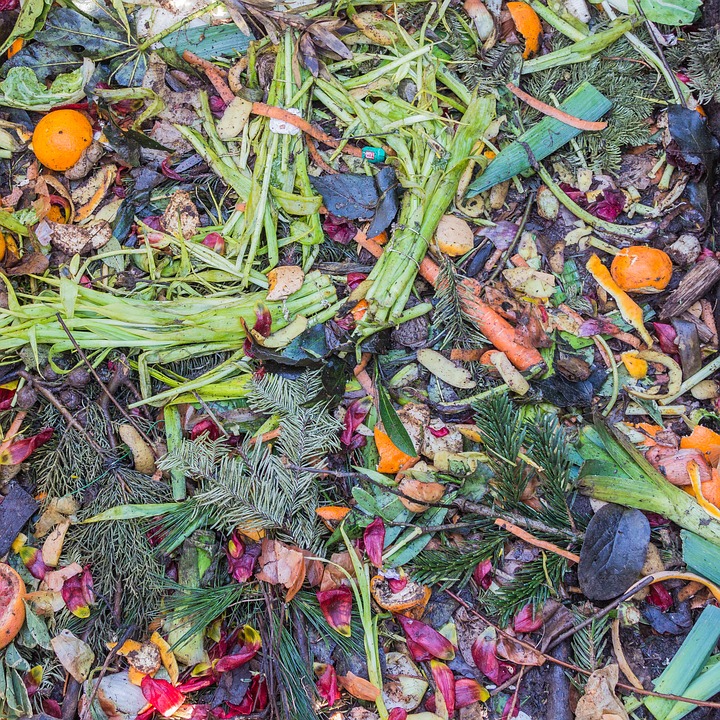Compost to help your garden grow
Learn how to make your own compost
What is Compost?
Compost is decomposed plant material that happens naturally when leaves fall, decompose and turn to mulch on the soil surface. Man-made compost is simply speeding up what happens naturally.
Two ways to make compost:
- Garden waste, lawn clippings, etc. can be simply left in a heap. Over time this waste will slowly rot and form compost. This method tends to be slow, smelly, attracts flies and finishes up a wet, slimy, smelly compost - not really ideal in, what is otherwise, your beautiful garden.
- Good compost is made in a bin, develops high temperatures, converts to useable compost in 6 to 12 weeks and does not have a bad smell - this is what we like!

How to make good compost
The simple basics of good compost making are:
- A mix of garden waste material including some coarse prunings or semi-mature plant stems, weeds, kitchen waste and lawn clippings.
- Sufficient volume of waste material above to fill a compost bin. This is important because small quantities will not generate sufficient heat to make good compost quickly.
- A rainproof bin. If rain enters the compost it makes it wet, cold and slimy and heat which speeds up breakdown is lost.
It is important to have at least 2 barrow loads of waste plant material and it is essential to have air through the mix to aid the necessary bacteria. The best way of doing this is to add the waste material to the compost alternating between fine material such as lawn clippings and coarse material such as hedge clippings. For best results the material should be damp, but not wet. Hence in dry weather it may be necessary to add some water.
Compost activators such as Gypsum, Hydrated Lime, or Sulphate of Ammonia can be useful. ‘Compost Maker’ can also be used.
Shredders are a very useful tool for the keen compost maker. Shredding allows more material to go into the bin at once, speeding up the breakdown process.
The Compost Bin
Bins can be made or are available from garden centres. They must be large enough to hold at least two large barrow loads of waste and have a lid or cover to keep rain out. Locate the bin at the back of the garden away from living areas. Plastic bins have become popular as they are clean, light, convenient and inexpensive. One bin is sufficient, but two are better for the keen compost gardener. Where 2 bins are in use, one is used for the first stage of breakdown, probably 3 to 4 weeks. This partly decomposed material is then put in the second bin to complete the breakdown process.

What Can Be Composted?
Garden waste including weeds, prunings, hedge clippings, etc
- Kitchen waste such as vegetable scraps, potato peelings etc
- Lawn clippings
- Animal manures (thin layers)
- Wood Ash (thin layers)
WHAT NOT TO USE
- Pine needles
- Badly diseased plant material
- Oxalis
- Cabbages or related plants with club root disease
- Leaves of walnut, conifers, yew, holly and laurel
Turning the Compost
About 1 week after the bin is filled, the material will have heated considerably and the volume reduced by half because of the first stage of breakdown. At this stage the material should be turned. This opens up material and allows more air in which reinvigorates the breakdown process. This process can be repeated a week or two later. After some 6 weeks this waste material will begin to resemble compost.
Ready to Use
The compost will be ready to use in 6-12 weeks, depending on the type of material, time of year and how often it was turned. Good compost should have a pleasant earthy smell and be loose, friable and easy to handle.
6993